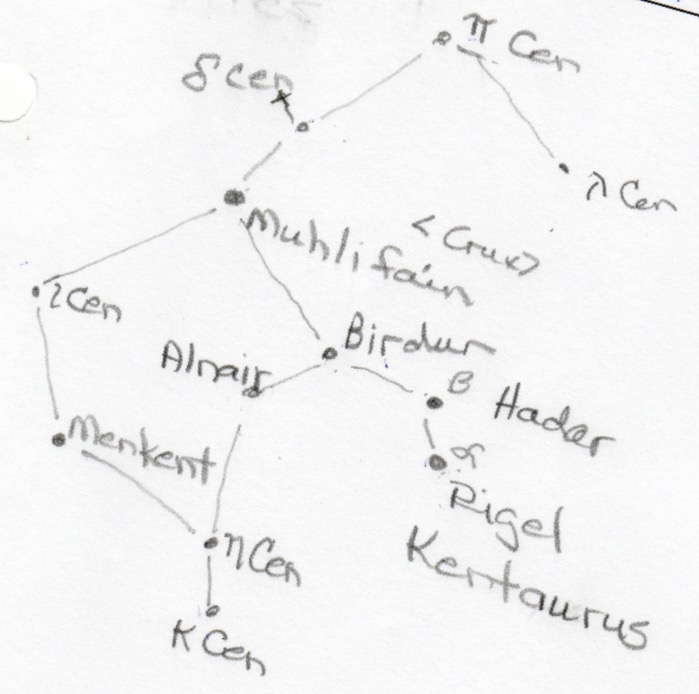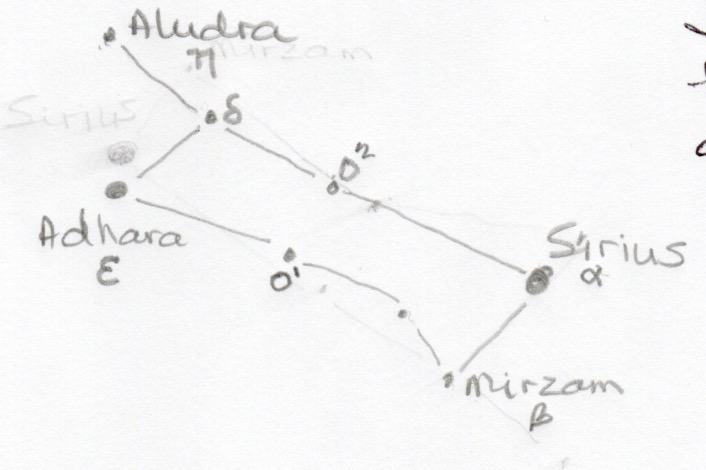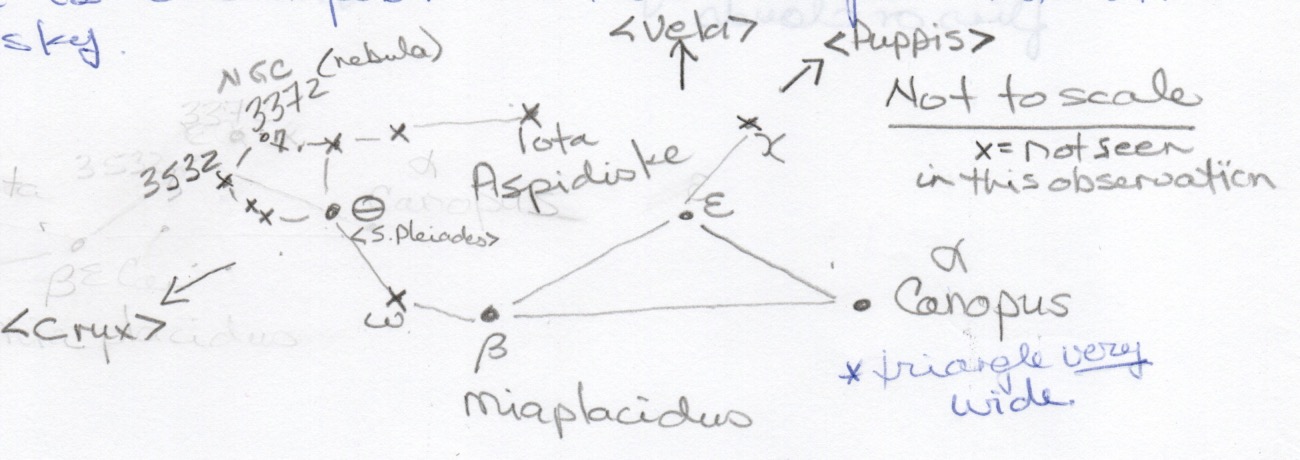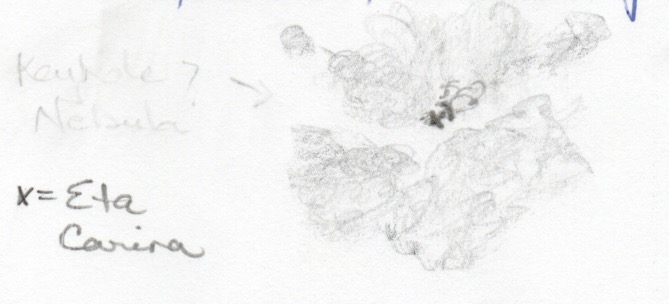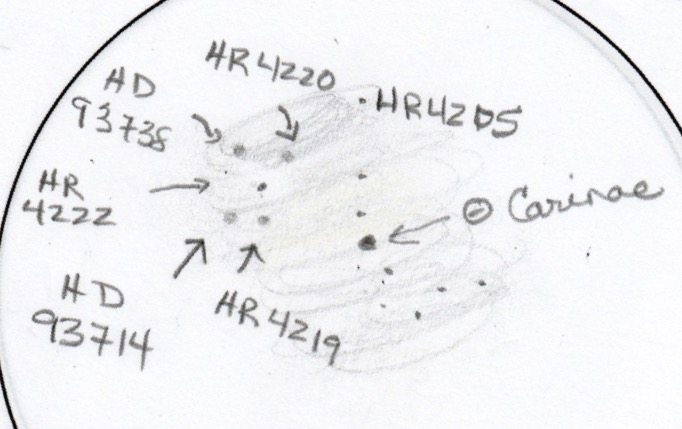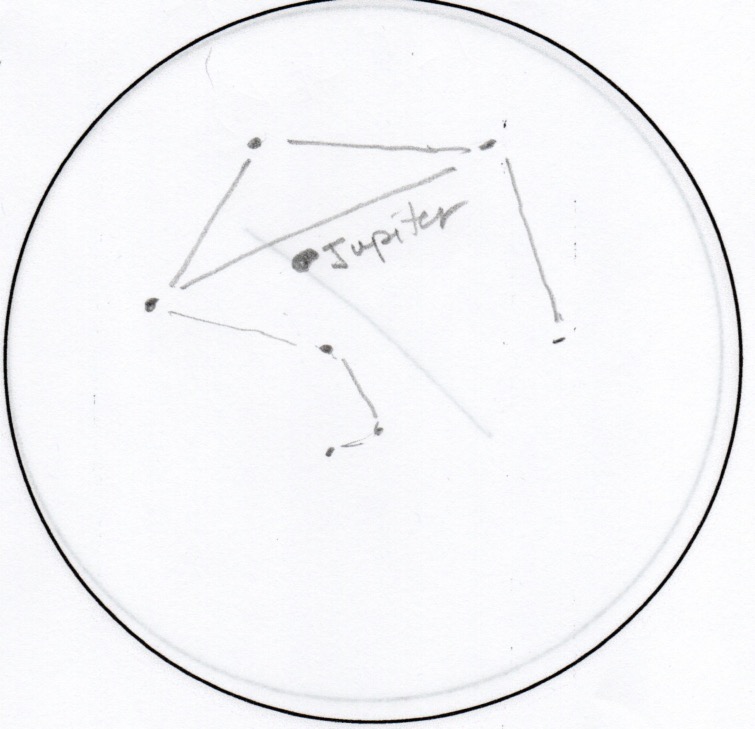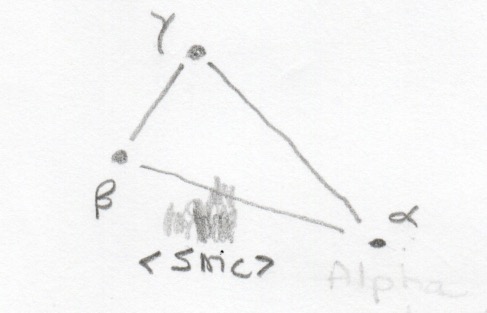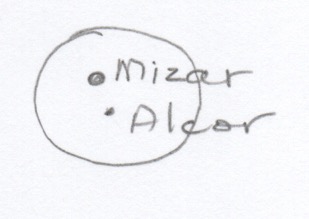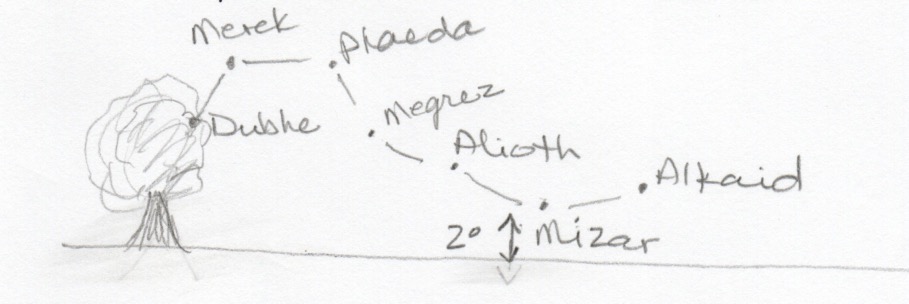
Constellations: Canis Major, Carina ("Keel"), Centaurus, Crux, Hydrus, Musca, Orion, Ursa Major
Galaxies: Large Magellanic Cloud (LMC), Small Magellanic Cloud (SMC)
Nebula: Coalsack, Eta Carina, NGC 3372, Herschel's Jewel Box/NGC 4755
Stars: Achernar, Canopis, θ Carina, α Centauri, β Centauri
Clusters: Omega Centauri, Southern Pleiades (IC 2601)
Planet: Jupiter, Venus
Messier Object: M42 (Orion Nebula)
Location: San Pedro de Atacama, Chile @ SPACE Lodge
Date: 2018-04-10
Time: 8:00 PM - 11:00 PM EST
Instrument: Visual + Binocular 10x42 IS + Televue 60 with 17.3 mm eyepiece
Transparency: Very Good (4)
Seeing: Very Good (4)
Temperature: ~ 8º C
No clouds or wind and humidity is not evident. Clear skies.
In the early afternoon, we visited the ancient village of Tulor de Aldea. Around 4 PM, it was decided the excursion to Valle de la Luna was postponed to another day because of incoming clouds from all sides (the only time we saw cloud cover the whole trip). Without the sun, we would not be able to see the effect on the Valley as the sun set. Consequently, I spent the early evening viewing the night skies with Melody, Charline, Dave and occasionally Jerry (who visited between adjustments to his astroimaging equipment). Headed to bed at 11 PM.
|
Musca |
Coalsack Nebula Venus (in Aries) |
|
Herschel's Jewel Box / NGC 4755 In looking through Charline's telescope, it was so easy to see the strs differentiated in the teardrop. You could also see where the stars were brighter/clustered in the open cluster and where they were fainter. |
Large Magellanic Cloud (LMC) / PGC 17223 / Nubecular Major The LMC and SMC are ever present in the night skies. They continue to provide "oh wow" moments every time they are seen. Guess I just can't believe I'm seeing them. |
|
α Eridani / Achernar (in Eridanus) Binary star system with a companion known as Achernar B. Magnitude 0.45, 9th brightest star in the night sky. Tiny but regular variations over 1.26 days caused by actual complex pulsations, or by rotation bringing dark star spots in and out of view. |
Orion & M42 Charline told us the 3 stars in Orion's Belt were known as the "Las Tres Marías" (the 3 Marys), i.e., the 3 Marys who were present at Christ's crucifixion. She then showed us M42/M4 3 through the scope - a very nice version to see. Also used my binoculars to compare the size and nebulosity. |
|
Centaurus Omega Centauri
|
|
|
Canis Major |
|
|
Carina ("Keel") Carina is one of 3 parts that was once the large constellation Argos Navi. It is circumpolar and is the 3rd largest constellation in the sky. It was very easy to identify as were ε and β. The other stars were very difficult to identify. θ Car was easier to find because of its proximity to the Southern Pleiades. Canopus is the next brightest star in the sky next to Sirius and never sets below the horizon. Absolute mag -5.53. |
|
|
Eta (η) Carina / NGC 3371 Eta Carina is an emission nebula. I had been looking at Carina in an attempt to find all of the constellation. Charline was able to locate the η Carina nebula in her telescope and shared the sight with us. Almost looks like the Trifid Nebula. Apparently, this nebula is 4x the size and even brighter than the Orion Nebula. Within this nebula (we later discovered) is the Keyhole Nebula, located just to the right of η Carina. Following this viewing, I looked at the nebula with the binoculars. |
|
|
|
Southern Pleiades / IC 2602 / θ Carina Cluster (in Carina) After I saw what looked like an hour glass on the left and other stars to the right in my binoculars, Charline showed me the Southern Pleiades in her telescope. The binocular view wasn't as good as the scope's (obviously!). NOTE: θ Carina is the brightest star at mag 1.9. It also has the obscure name of "Vatharz Posterior" meaning "succeeding one of the waterline". This probably refers to the waterline alongside of what was once referred to as the Argo Navis. |
|
Jupiter (in Libra) The constellation Libra was easily located after noticing bright Jupiter also in the same portion of sky. Jupiter was located a little below the imaginary line from β to γ Libra.
|
Hydrus (Water Snake) I was looking to see if Achernar had gone below the horizon when I saw a couple of stars at an angle to each other above and to the left of the SMC. SkySafariPro identified the pair as 2 stars of Hydrus. |
|
Ursa Major
|
|
